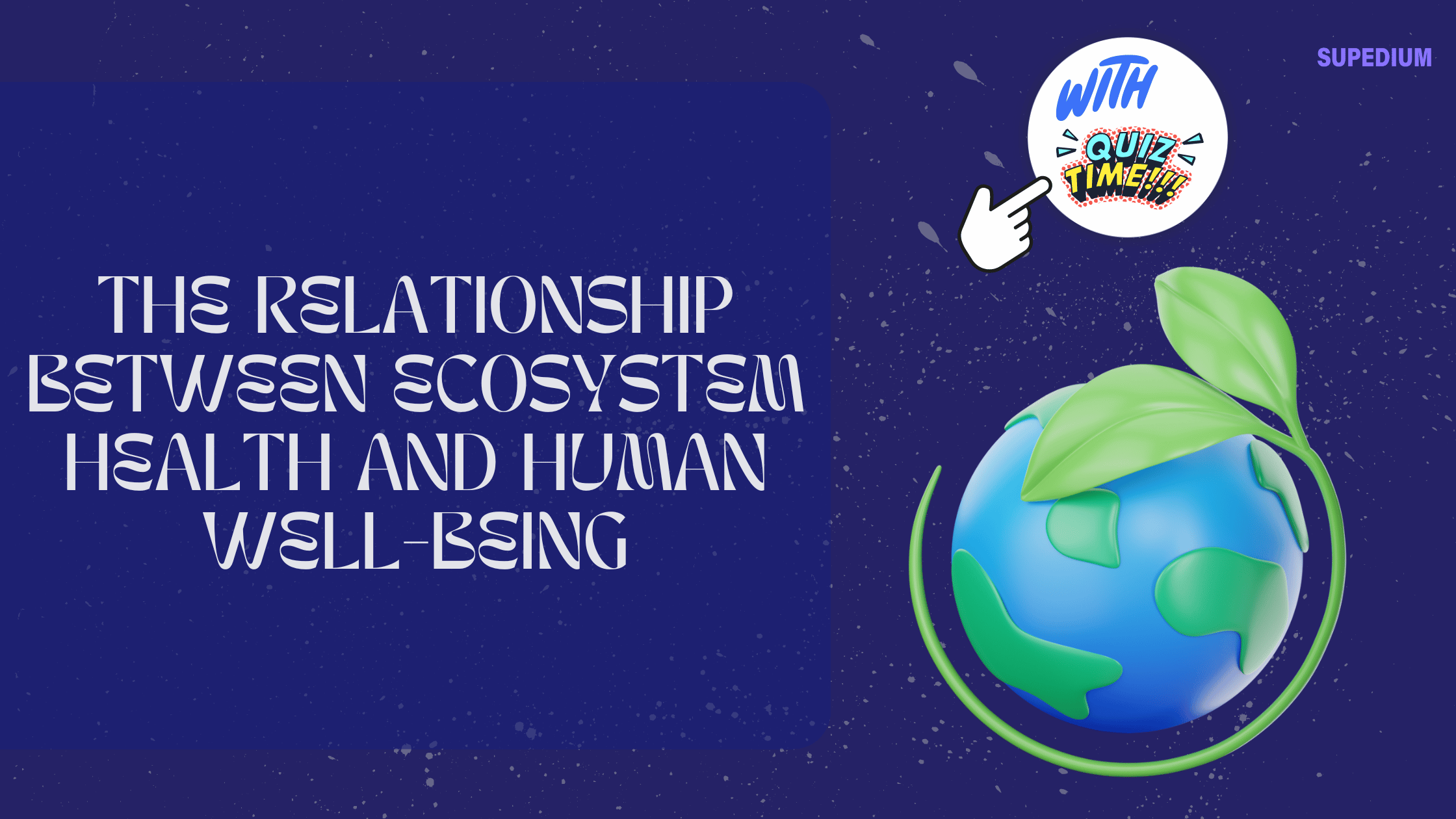Table of Contents
![]()
Introduction
When discussing the “largest living organism,” it’s essential to define what we mean by “largest.” Size can be measured in various ways, including area covered, mass, or volume. Distinguishing between individual organisms and colonies is also crucial, as some of the largest organisms are not single entities but sprawling networks. This article explores the largest living organisms on Earth, with a particular focus on the honey fungus, and compares it to other colossal life forms.
The Concept of Size in Living Organisms
Size in living organisms can be measured in multiple dimensions:
- Area Covered: This refers to the physical space an organism occupies. For instance, fungal mats can cover vast areas.
- Mass: The total weight of an organism, such as that of giant trees or marine animals.
- Volume: The three-dimensional space an organism occupies, which is often used for marine life.
Examples of large organisms include the giant sequoias, blue whales, and honey fungus, each exemplifying different aspects of size.
The Honey Fungus (Armillaria ostoyae)
One of the most fascinating examples of a massive living organism is the honey fungus (Armillaria ostoyae). This fungal species is notable for its enormous size and extensive underground network.
- Overview:
- Biological Classification: Armillaria ostoyae is a type of parasitic fungus belonging to the Basidiomycota class.
- Habitat: It thrives in temperate forests, often attacking the roots of trees and shrubs.
- The Largest Known Specimen:
- Location: The most massive honey fungus is located in Malheur National Forest, Oregon, USA.
- Size and Extent: This fungal mat covers more than 2,385 acres (nearly 10 square kilometers) and is estimated to be thousands of years old.
- Age and History: Its exact age is difficult to determine, but the organism’s extensive growth suggests it has been expanding for millennia.
- Characteristics and Life Cycle:
- Mycelial Network: The primary part of this fungus is its mycelium, a network of thread-like structures (hyphae) that spread underground. This network allows the fungus to cover large areas.
- Reproduction and Spread: Armillaria reproduces both sexually, through the production of spores, and asexually, via vegetative growth. The mycelium spreads by growing into new areas and infecting more host trees.
Comparison with Other Large Organisms
- Giant Sequoias (e.g., General Sherman Tree):
- Size and Mass: The General Sherman Tree, a giant sequoia (Sequoiadendron giganteum), is one of the largest trees by volume, reaching a height of 275 feet (84 meters) and a diameter of 36 feet (11 meters). Its estimated weight is over 2.7 million pounds (1.2 million kilograms).
- Volume and Height: Sequoias are unmatched in volume, but not in height, where coast redwoods (Sequoia sempervirens) surpass them.
- Blue Whales:
- Length and Weight: The blue whale (Balaenoptera musculus) is the largest animal ever known to have lived on Earth. It can reach lengths of up to 100 feet (30 meters) and weigh as much as 200 tons (180,000 kilograms).
- Mass and Volume: While blue whales are the heaviest animals, their size is more impressive in terms of mass rather than area covered.
- Other Notable Examples:
- Giant Kelp Forests: These underwater forests, formed by the giant kelp (Macrocystis pyrifera), can cover extensive areas along coastlines, creating vital marine ecosystems.
- Antarctic Krill Swarms: Swarms of Antarctic krill (Euphausia superba) can form massive aggregations in the Southern Ocean, with their collective biomass rivaling that of the largest marine animals.
Ecological and Biological Significance
- Role in Ecosystems:
- Honey Fungus: As a decomposer, it plays a crucial role in nutrient cycling by breaking down organic matter. It also affects forest health by infecting and killing trees, which can alter forest dynamics.
- Giant Sequoias: These trees are integral to their ecosystems, providing habitat for various species and influencing soil and water dynamics.
- Blue Whales: They are key players in marine ecosystems, influencing food webs through their feeding on krill and their role in nutrient cycling.
- Conservation and Threats:
- Honey Fungus: While it is a natural part of forest ecosystems, its growth can be indicative of underlying forest health issues. However, its immense size poses no direct conservation threat.
- Giant Sequoias: They face threats from climate change, wildfires, and logging. Conservation efforts are critical to preserving these ancient giants.
- Blue Whales: Historically threatened by whaling, they continue to face challenges from ship strikes, entanglement in fishing gear, and climate change.
Conclusion
The largest living organisms on Earth, from the honey fungus’s sprawling mycelial network to the colossal blue whale, represent the incredible diversity and scale of life. Understanding these giants not only showcases the wonders of nature but also underscores the importance of conserving their habitats. Protecting these organisms ensures that future generations can continue to marvel at their grandeur and the complex ecosystems they support.
Share This





Be the first to comment